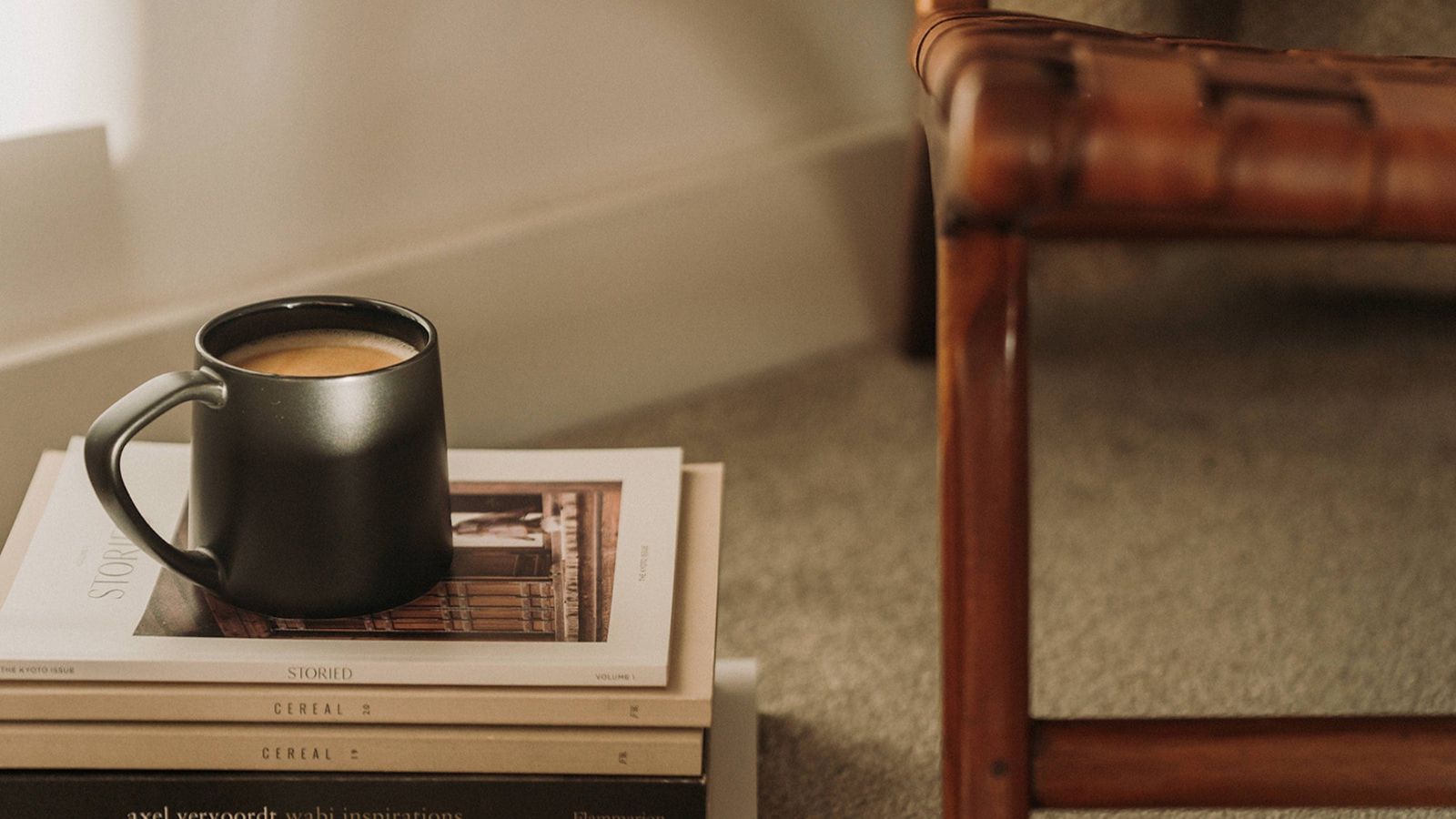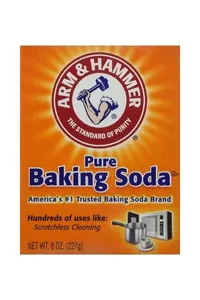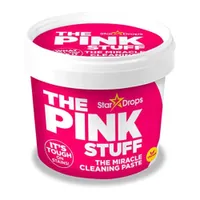How to remove coffee stains from mugs – 3 simple methods
I explore the easiest way to remove coffee stains from mugs to keep them looking new and remove lingering odors with three separate methods


Coffee mugs may have coatings to prevent staining, but after a year or so of constant abuse, most mugs end up with unsightly coffee stains and sometimes even lingering odors.
This might be okay if I wasn't presenting these mugs to guests or using them for drinks other than coffee. I don’t always fancy coffee-flavored hot cocoa, after all.
In a dire attempt to avoid buying yet more of the best coffee mugs to add to my ever-growing collection, I decided to test three different cleaning tips for removing coffee stains from mugs and found that the best method was also the easiest.
How to remove coffee stains from mugs
I decided to try three methods of cleaning coffee mugs using things I already had in my cleaning cabinet. For reference, the mugs were all the same type, and all had around the same amount of usage and staining – helping me to keep the test as fair as possible.
I then started the tests – cleaning with vinegar, cleaning with baking soda, and cleaning with The Pink Stuff.

1. Cleaning coffee stains with vinegar
Vinegar is a great gentle whitening agent, so it only made sense to start here when trying to remove coffee stains and deodorize my mugs.
I combined equal parts of distilled white vinegar and boiling water in the mug, allowing it to sit until the water was cool before pouring it away and washing it by hand as usual. The biggest downside to this method was that while it did get rid of the lingering coffee smell in the mug, it did make my kitchen smell like vinegar – I can’t see it being a thing people with nice-smelling kitchens do on the regular.
Design expertise in your inbox – from inspiring decorating ideas and beautiful celebrity homes to practical gardening advice and shopping round-ups.
That being said, it did help to lighten the coffee stains, but it didn't remove them altogether. Scrubbing them with a dish sponge and dish soap helped to finish the job. While this approach is great for light staining, I probably wouldn't rely on it every time.
Distilled White Vinegar | View at Walmart
A cleaning cabinet staple, white vinegar is a must if you want to embrace a greener approach to household cleaning
2. Cleaning coffee stains with baking soda
A simple baking soda scrub made from baking soda and water has frequently been hailed as one of the best DIY cleaning solutions by experts – and for good reason. Its gentle abrasive and whitening properties make it the perfect combination for everything from cleaning windows with baking soda to cleaning carpet with baking soda.
As usual, I mixed baking soda with enough water to make a thick paste that I could then spread around the interior of my mug before letting it sit for around 10 minutes.
This method certainly worked and was very effective at removing the stains with a bit of elbow grease. After letting it sit, I buffed it in circles to help remove any remaining discoloration before rinsing the paste away and washing it as normal. It required less effort than the vinegar approach and was a little quicker, too. What’s more, my kitchen didn't smell awful afterward, either.
Arm & Hammer Baking Soda | View at Walmart
Perfect for baking, cleaning, and deodorizing, it never hurts to have a box of baking soda to hand in your pantry or your cleaning closet.
3. Cleaning coffee stains with The Pink Stuff
I don’t usually use The Pink Stuff on my dinnerware or mugs, but having had success with it before getting rid of hard water stains, I thought I would give it a go.
I am thankful I did, as it was by far the most effective of the three – and it was the quickest, too, with no wait time at all. The process is similar to cleaning with a Magic Eraser – the light abrasive of the Pink Stuff Paste helps to buff away stains without scratching the mug’s surface (I was sure to use a clean, dry microfiber cloth to do this to mitigate the risk further), lifting the stains clean off the mug.
The results were similar to the baking soda method, which is unsurprising given that The Pink Stuff’s main ingredient is sodium carbonate. Still, it was quicker, I think, thanks to the sodium silicate and quartz, giving it a rougher, tougher action and soap, helping to break down the grease coffee deposits.
The results were similar to the baking soda method, which is unsurprising given that The Pink Stuff’s main ingredient is sodium carbonate. Still, it wa quicker, I think, thanks to the sodium silicate and quartz, giving it a rougher, tougher action and soap, helping to break down the grease coffee deposits.
The Pink Stuff Paste | View at Walmart
I wouldn't leave my cleaning cabinet without The Pink Stuff cleaning paste. I use it on everything from cleaning glass shower doors to cleaning my stove.
FAQs
What causes coffee stains on mug?
Just as it stains clothing or furniture, coffee stains in mugs are caused by tannins and oils in the coffee (especially freshly ground coffee). Over time and with repeated use, these marks will start to discolor porcelain, glass, and stainless steel unless you take measures to remove them completely every time.
How do you stop coffee mugs from staining?
If you want to prevent coffee mugs from staining, try washing the mug out fully immediately after you have finished your drink. Washing with warm water and soap will dissolve the oils before they have a chance to set in the mug, whether it's sitting on your coffee table or in the dishwasher.
The easiest way to remove coffee stains from mugs is a toss-up between The Pink Stuff paste and baking soda. Both were effective in removing the stains quickly, one requiring just a little less elbow grease than the other. The method you should use will largely come down to the amount of staining you must remove and what you already have in your cleaning cabinet.

Chiana has been at Homes & Gardens for two years and is our resident 'queen' of non-toxic living. She spends most of her time producing content for the Solved section of the website, helping readers get the most out of their homes through clever decluttering, cleaning, and tidying tips. She was named one of Fixr's top home improvement journalists in 2024.


